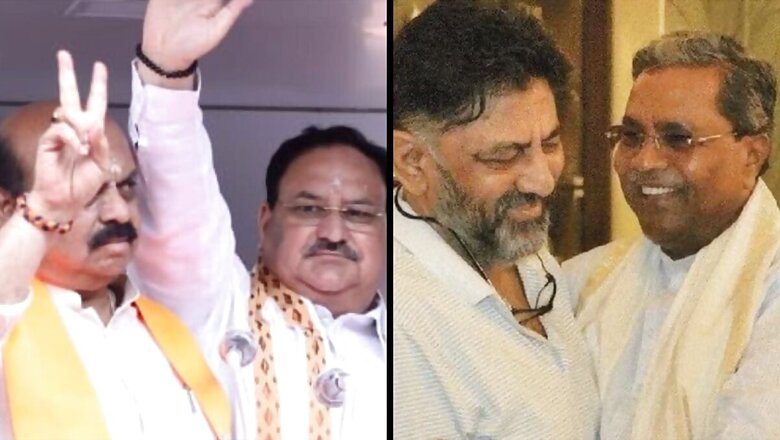
views
Exactly 50 years ago, in 1973, B Basavalingappa, a prominent Dalit minister in the Devaraj Urs government, created a huge controversy by dismissing Kannada literature as “bhoosa” or cattle fodder. That led to a state-wide uproar and finally he was forced to resign from the Cabinet. In his defence, he clarified that his statement on Kannada literature was quoted out of context and refused to apologise. That incident is a landmark event in the Dalit politics of Karnataka.
After his statement, the ‘Remove Basavalingappa’ agitation across the state was hijacked by upper castes and it took the colour of an anti-Dalit movement. It prompted the young, educated Dalits to rally behind him and form their own association, Dalit Sangharsha Samiti or DSS. It also divided the state politics on Dalit and non-Dalit platform.
After Independence in 1947, the Scheduled Castes (SC) in Karnataka were with the Congress. There were Dalit MLAs, MPs, Ministers, and others because of Constitutional obligation.
The real power was with a handful of upper caste – mainly, Lingayats and Vokkaligas. The Dalits were taken for granted and they did not have much muscle.
One statement by Basavalingappa changed all that and the Dalit politics was taken over by young, educated, mostly rural folks. Karnataka has produced many top Dalit leaders, among them the current Congress president M Mallikarjun Kharge occupies the front row. Besides Kharge, B Shankarananda, K H Ranganath, KH Muniyappa, V Srinivasa Prasad, KB Shanappa, B Rachaiah, B Basavalingappa, GY Krishnan, KT Rathod, Ramesh Jigajinagi, Ramachandra Veerappa, Govinda Karjol and many others can be counted as prominent SC leaders from the state.
THE SINGLE LARGEST CASTE
Dalits or SCs account for 19.5% of Karnataka’s total population, making them the single largest caste. According to a study, the SC comprise 101 castes and sub-castes, a majority of whom were formerly classified as ‘untouchables’ and generally lived in a segregated area or separate colony on the outskirts of villages, a practice that is outlawed in the present day. The predominant castes among the SCs are Adi Karnataka, Holeya, Chalavadi, Mahar, Mala, Madiga, Mang, Mochi, Adi Dravida, Samagara, Dhor, Banjara and Bhovi. The Adi Karnatakas form the largest segment, (34.13 per cent), followed by Banjaras (11.85 per cent), Bhovis (10.04 per cent) and Adi Dravidas (6.98 per cent).
In the 224-member Assembly, 36 seats are reserved for the SCs and 15 for the Scheduled Tribes (ST). With their impressive numbers, SCs play a major role in deciding the outcome of any elections.
Almost 50 years, the SCs were the most dependable supporters of Congress, though there was some breach during the 1980s as some of them went with the Janata Party. The emergence of the Bharatiya Janata Party (BJP) in the mid-1990s led to division of SC votes in the state. With over 100 sub-castes, the SCs are not monolithic, and the sub-caste tensions have split the community in the middle.
RIGHT HAND AND LEFT HAND
As a majority of Dalit leaders in the Congress are from a few numerically smaller sub-castes labelled as the “right hand”, the numerically bigger sub-castes labelled as “left hand” felt short-changed. Over the years, the BJP has skillfully exploited it, and the collapse of Janata Parivar has also forced the SCs to move towards saffron party. The late Ananthkumar persuaded the aggrieved “left hand” SCs to join the BJP and it heavily damaged the Congress.
According to local estimates, “the right” constitute about 30% and the “left” are about 70% of total Dalit population in the state. Incidentally, Kharge is also a “right hand” SC.
These larger sub castes have been flexing their muscle demanding a bigger pie in political representation and government jobs. They argue that the “right hand” is cornering most seats and jobs in the name of all SCs, denying opportunities to the “left hand”.
INTERNAL RESERVATION
Justice Sadashiva Commission appointed by the State government has recommended internal reservation for the 101 sub-castes among the SCs. As it is a political and social dynamite, no government is ready to take the risk. The current BJP government is openly saying that it is in favour of it, but has not been able to implement the report.
The Congress insiders claim that elevation of Kharge to the highest post in the party has brightened the prospects of majority Dalits voting for the party. But the BJP believes the unhappy “left hand” is unlikely to return to the Congress and it will halt the march of Siddaramaiah and DK Shivakumar.
The dominance of “right hand” in the Congress is widely resented by rest of the SCs and if they don’t unite, election can throw up mixed results once again.
With the fragmentation of DSS into several splinter groups and no single leader, SCs of Karnataka are a divided lot today. But every one out of five voters is a Dalit, they matter the most in elections.
Read all the Latest Politics News here










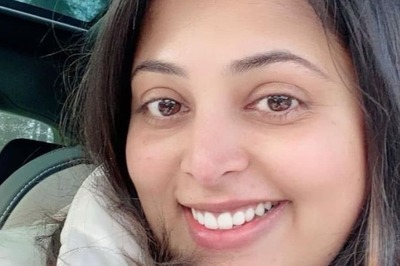


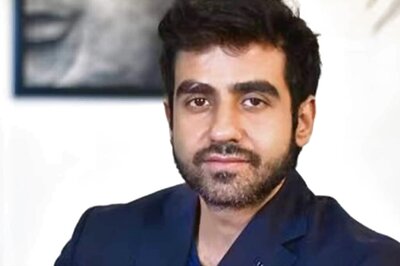
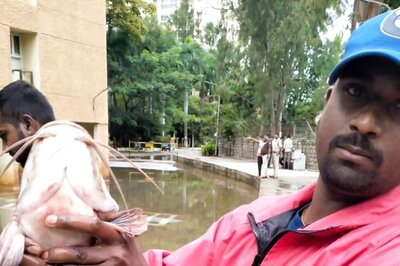
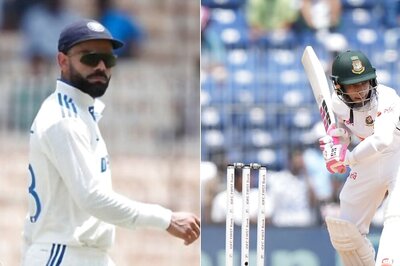
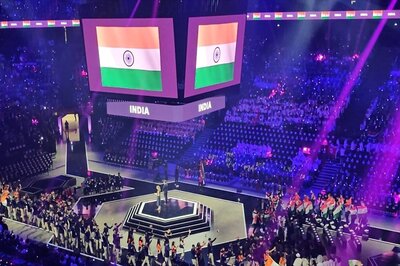
Comments
0 comment